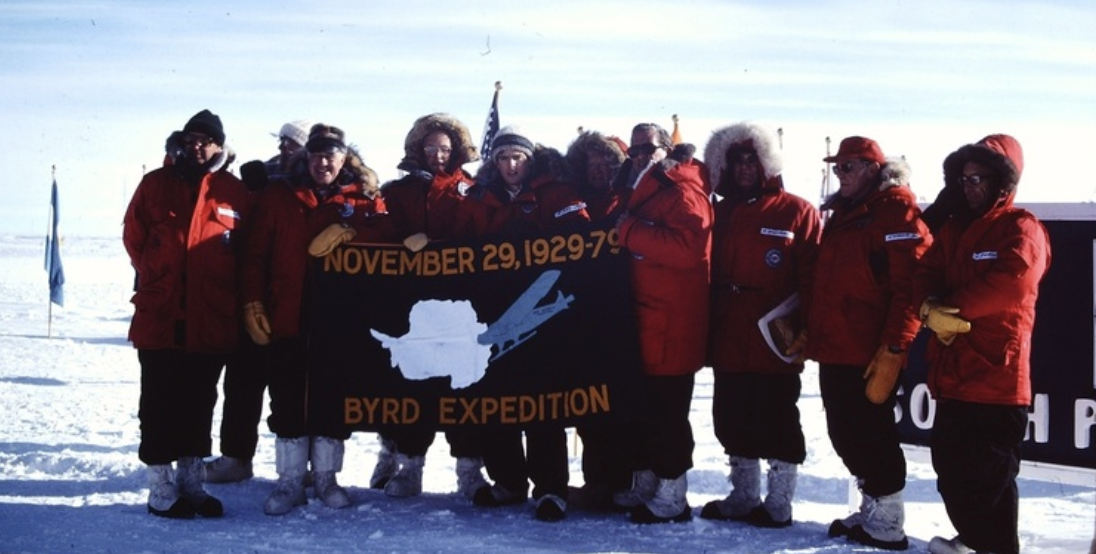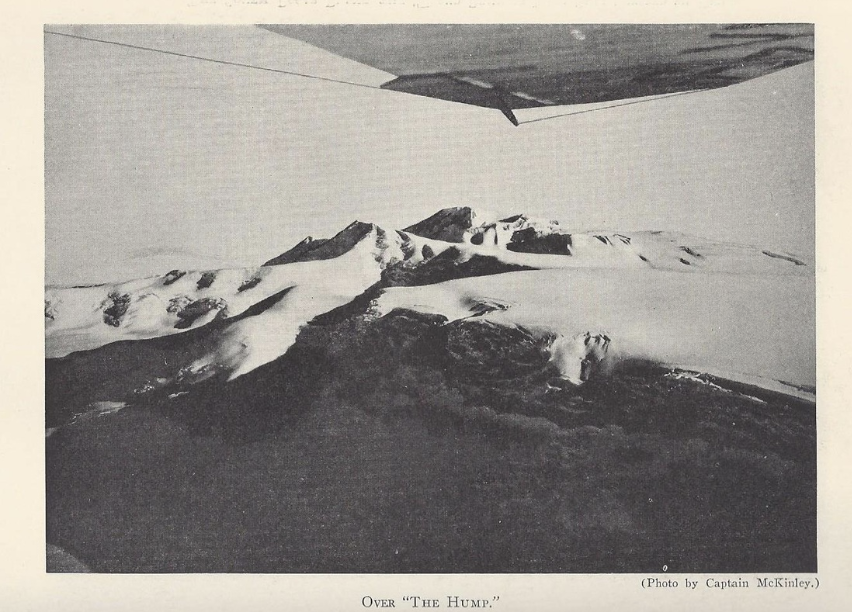Honor and Remembrance: Legacies of the Expedition
Richard E. Byrd’s Antarctic expeditions have influenced international policies, scientific exploration, and the public's perception of polar research. The first Byrd expedition was marked by innovations in polar flight and navigation. In addition, it helped cement the United States' interest in the Antarctic and later guided the framework for peaceful scientific collaboration in the region. Byrd’s missions highlighted the strategic importance of polar territories, encouraging international cooperation and inspiring the Antarctic Treaty of 1959, which established the region as a space for shared scientific research.
Beyond political influence, Byrd's work promoted the understanding of Antarctica's unique ecosystems and weather patterns. Thomas B. Mulroy's diary from Byrd’s first Antarctic expedition in 1928 contains qualitative observations of the climate and environment which have offered valuable insights for future expeditions. This climate data has contributed to advancements in environmental science and awareness of global climate interconnections. Byrd also popularized the concept of Antarctic exploration through his expeditions, sparking public interest in polar science and motivating future explorers and scientists. His legacy thus lives on in both the policies governing Antarctic research and in findings that build upon his initial Antarctic exploration. In addition to flying to the South Pole, Byrd’s expedition mapped unknown territories and advanced scientific understanding of Antarctica’s geology, magnetism, and weather patterns.
While Richard E. Byrd’s legacy is left behind with ample information about his Antarctic expeditions, Thomas B. Mulroy's legacy (or lack thereof) is a stark contrast. It is important to note that Byrd was high class and had wealthy, important friends such as the Fords, Rockefellers, and Vanderbilts. Social connections such as these emphasized Byrd's privilege and high status, and these connections helped fund and immortalize his ventures. On the other hand, Mulroy contributed to the expedition through unsung technical expertise as he was just an engineer on board. While his engineering work helped make such expeditions possible, his name has largely faded into obscurity. This lack of post-expedition legacy has been reflected in our research methodology, as we could not find any substantial information about Mulroy or his legacy online. Nonetheless, Mulroy's diary has been instrumental in providing a human voice to life on the 1928 Byrd Expedition.


Sources:
